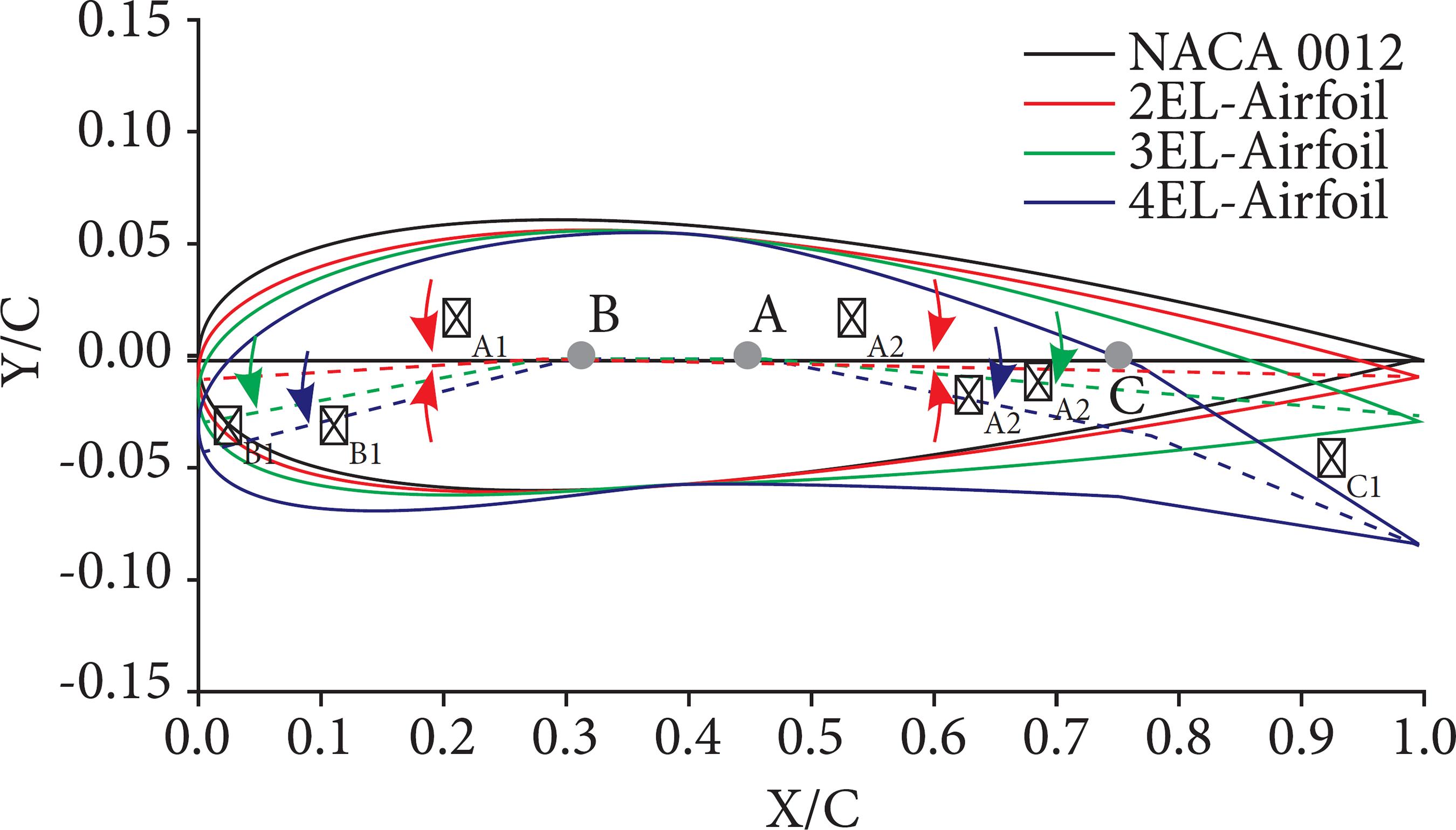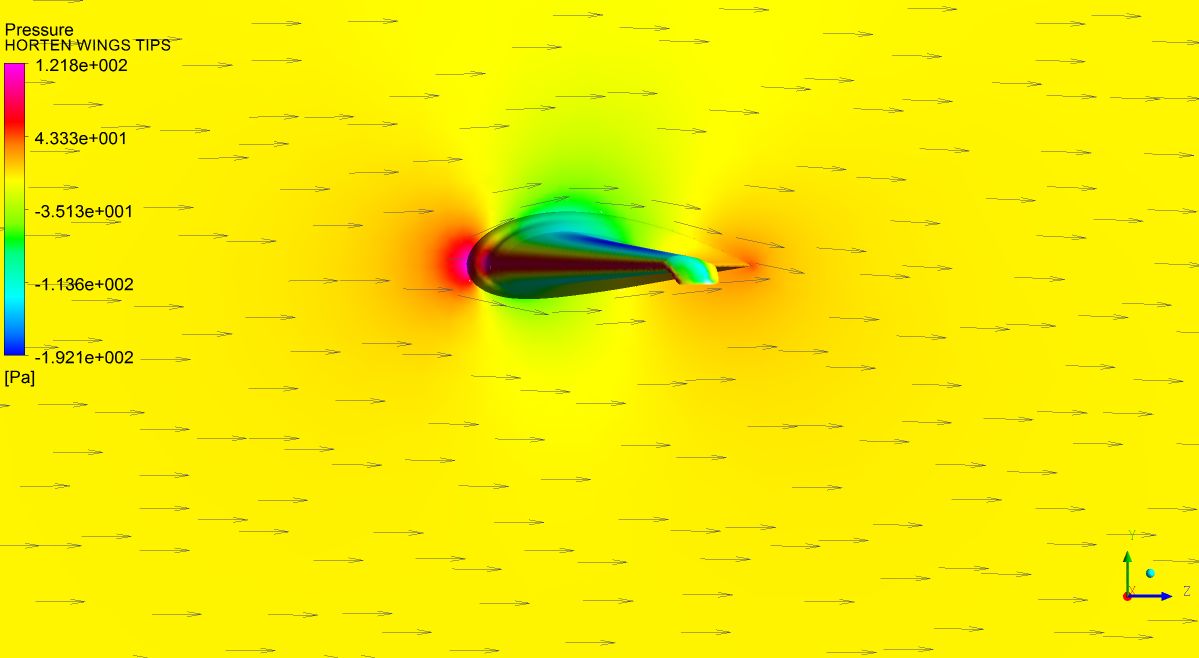
You can copy the NACA 4415 aerofoil coordinates from the University of Illinois at Urbana-Champagne aerofoil database website, or you can obtain it from the AirfoilTools website here. This is relatively straightforward, as there is a wealth of aerofoil coordinate data libraries online, and we can import those coordinates into SOLIDWORKS by using the Curve Through XYZ function.įor this tutorial, we will be using a NACA 4415 aerofoil. Aerofoil Modellingīefore we can start simulating however, we need to design our aerofoil. It will copy the tutorial project containing the geometry into your Workbench.In this tutorial, we are going to be taking a look at running flow visualization simulations on a basic aerofoil (or “airfoil”), which will hopefully be of use to those of you in aerospace engineering courses-or maybe you just like designing RC aircraft and want to simulate your wings before chopping up a load of balsa wood. Otherwise, you can click the button below. The geometry and mesh are the same as in the frequency analysis tutorial. In case you already have a project from the Frequency Analysis of an Airfoil Tutorial, feel free to continue using that Workbench. Prepare the CAD Model and Select the Analysis Type

Mesh with the SimScale standard meshing algorithm.Assign boundary conditions, material, and other properties to the simulation.Displacements are magnified by a factor of 10. Animation 1: Displacement of the airfoil due to harmonic excitation at 25 Hz.

It is a continuation of the Frequency Analysis of an Airfoil (1/2) tutorial.


This article provides a step-by-step tutorial for a harmonic analysis simulation of an airfoil, including post-processing. Tutorial: Harmonic Analysis of an Airfoil (2/2)


 0 kommentar(er)
0 kommentar(er)
